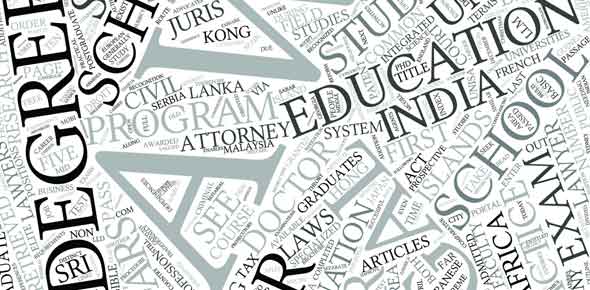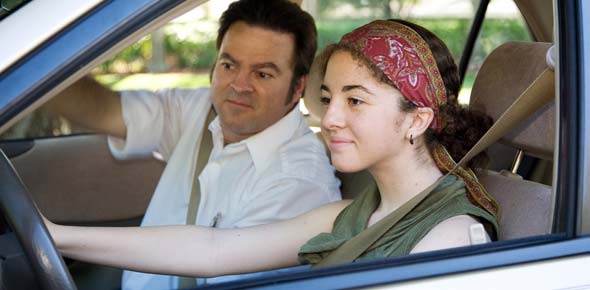Related Flashcards
Related Topics
Cards In This Set
| Front | Back |
|
Applied Behavior Analysis
|
The design, implementation, and evaluation of environmental modifications to produce socially significant improvements in human behavior. Uses antecedents and consequences to produce practical change. **ABA is our applied research and our professional practice. (2-4)
|
|
Experimental Analysis of Behavior
|
B.F. Skinner, laboratory-like conditions, within subject comparisons instead of group designs. **EAB is our basic research and our experimental methodology. (2-4)
|
|
Behavioral Technologies
|
The set of assessment and behavior change procedures validated by ABA researchers. They may be used by anyone. (2-4)
|
|
Radical Behaviorism
|
Is our philosophy and is our world view (2-4)
|
|
List the 7 Dimensions of ABA
|
GeneralityEffectiveTechnologicalAppliedConceptually SystematicAnalyticBehavioral(2-6)
|
|
Applied
|
Select behaviors to change that are socially significant and improve day to day life experience of the participants and/or affect their significant others in such a way that they behave more positively toward the participant. (2-6)
|
|
Behavioral
|
The behavior must be measurable and observed and measured in the real-life environment. (2-6)
|
|
Analytic
|
ABA seeks to identify functional relations between manipulated environmental events and behavior through systematic and controlled manipulations. (2-6)
|
|
Technological
|
Procedures are completely identified and precisely described and defined (2-6)
|
|
Conceptually Systematic
|
Procedures are linked to and described in terms of the basic principles of behavior (2-6)
|
|
Effective
|
ABA is an accountable discipline and changes in procedure are data-based. We revise our treatment protocols based on our data. If the plan is not effective, we revise it until we get the desired behavior. (2-6)
|
|
Generality
|
Behavior changes achieved should maintain, transfer to other settings, and spread to other behaviors. (2-6)
|
|
Stimulus Generalization
|
The tendency of a learned response to occur in the presence of stimuli which were not present during training but have some similar physical properties to the SD. (3-12)
|
|
Response Generalization
|
The spread of the effects of reinforcement to other response classes which have not been reinforced. i.e. you reinforce hand raising, but child also begins sitting in his seat longer (a behavior that was not specifically praised). (3-12)
|
|
Conditioned stimulus
|
A stimulus which elicits a conditioned response due to prior learning. It is abbreviated CS. It is the stimulus part of a conditioned reflex. i.e. a person's heart races just before receiving a shot. (3-13)
|





